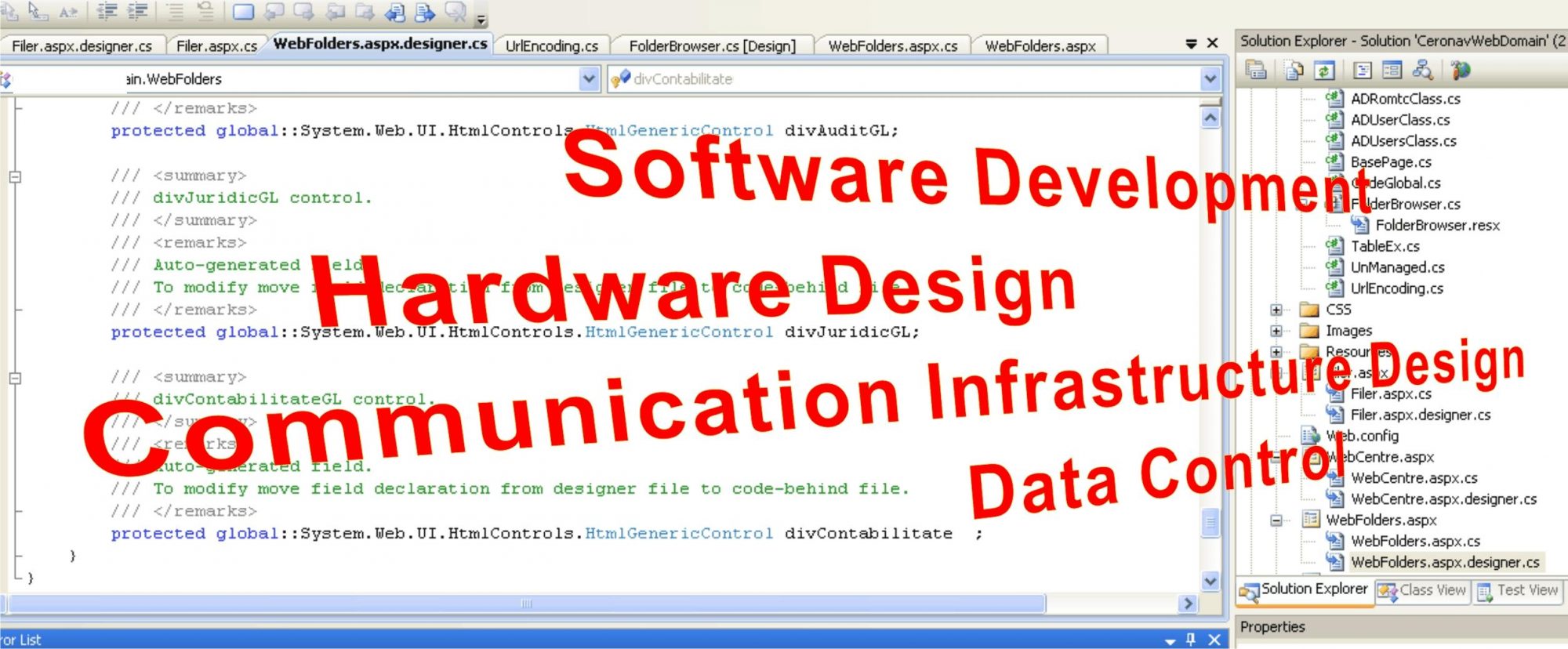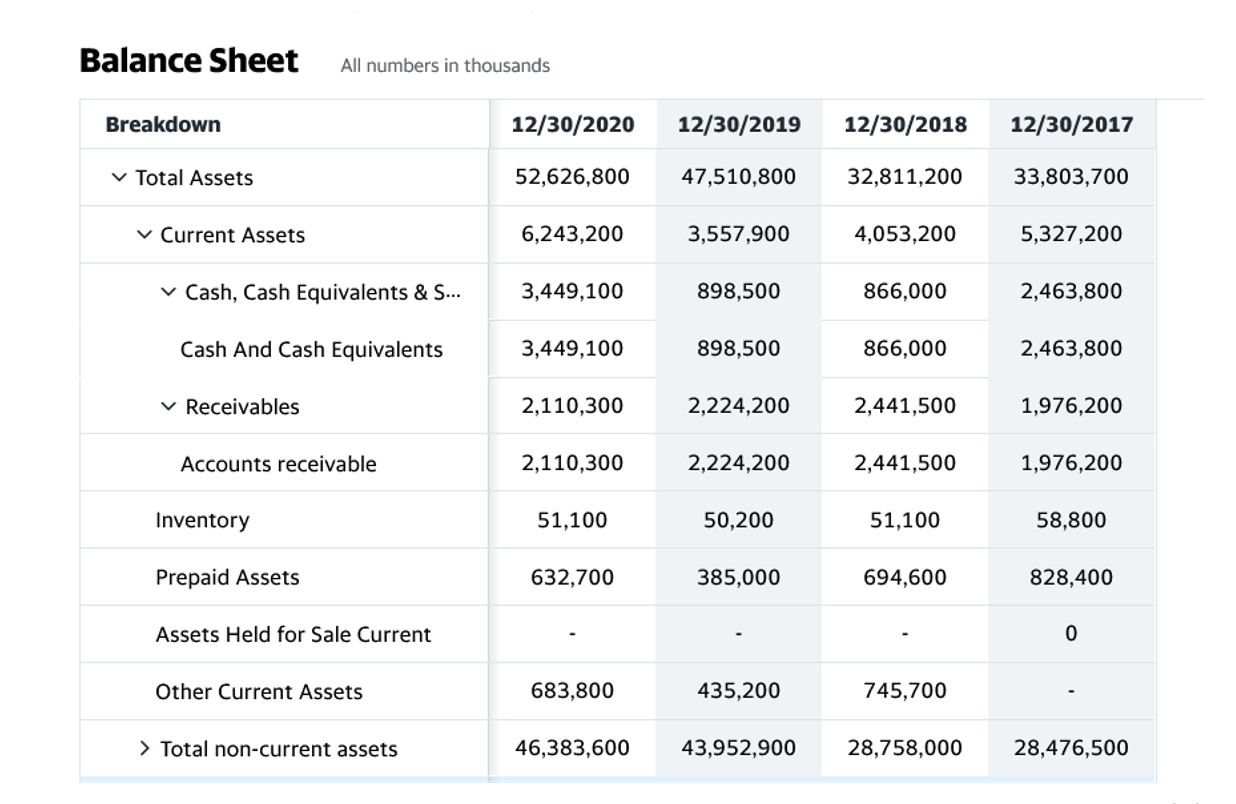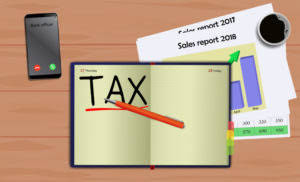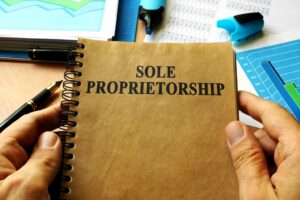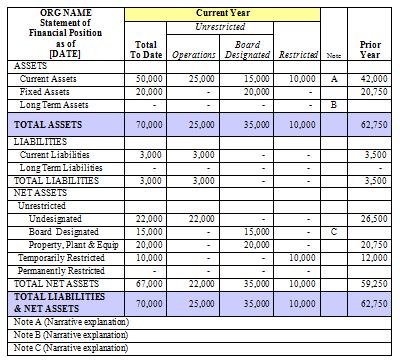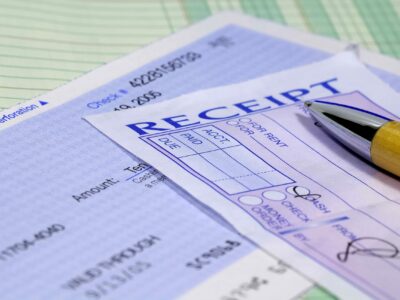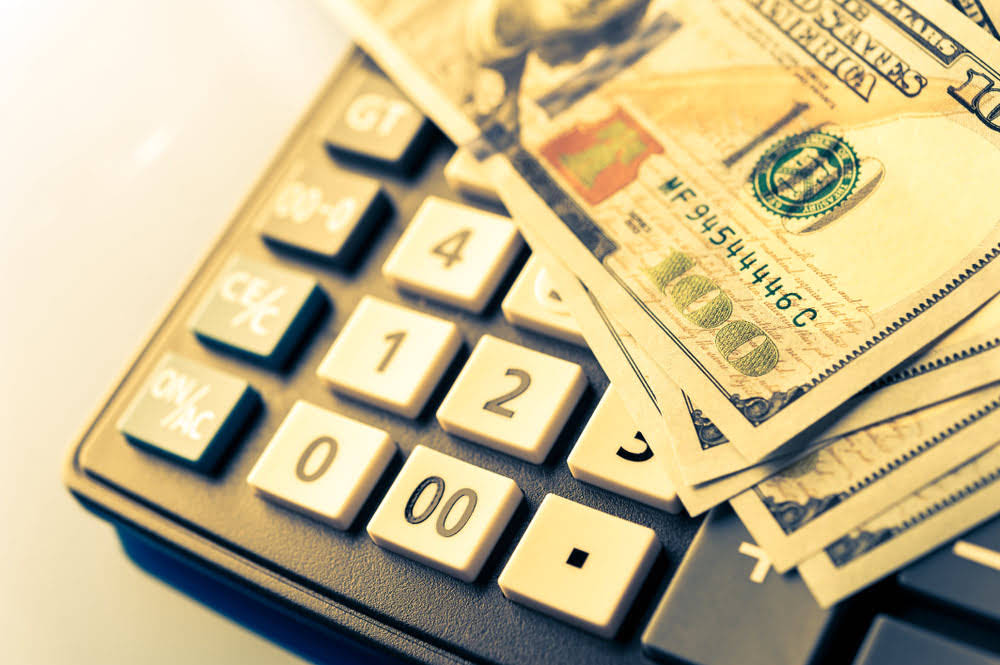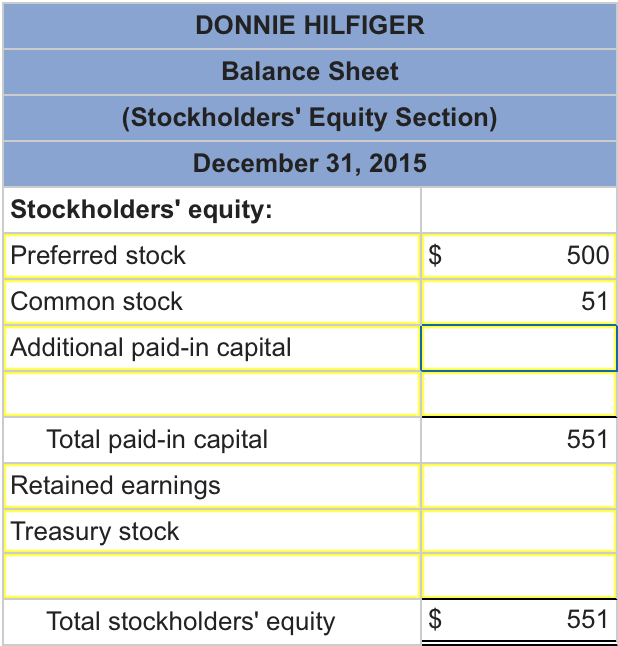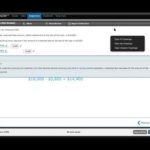Balance SheetA balance sheet is one of the financial statements of a company that presents the shareholders’ equity, liabilities, and assets of the company at a specific point in time. It is based on the accounting equation that states that the sum of the total liabilities and the owner’s capital equals the total assets of the company. Because it’s the easiest depreciation method to calculate, straight line depreciation tends to result in the fewest number of accounting errors. It’s best applied when there’s no apparent pattern to how an asset will be used over time.
Common Misconceptions About How to Use Straight-Line Depreciation Method
Proper asset planning also plays a key role in demand planning, helping businesses anticipate future needs and optimize resource allocation. Yes, straight line depreciation can be used for tax purposes on real estate properties. In the United States, residential rental properties are depreciated using the straight line method over a period of 27.5 years, while commercial properties utilize a 39-year period. Straight line depreciation is a common and straightforward method used in accounting to allocate the cost of a capital asset over its useful life.
- Using this method, the cost of a tangible asset is expensed by equal amounts each period over its useful life.
- Each of those $1,600 charges would be balanced against a contra account under property, plant, and equipment on the balance sheet.
- While tax depreciation often uses different methods, the SLN function provides a baseline for understanding asset depreciation for book purposes.
- To calculate straight line basis, take the purchase price of an asset and then subtract the salvage value, its estimated sell-on value when it is no longer expected to be needed.
Generally Accepted Accounting Principles (GAAP)
Because of this, the double-declining balance depreciation method records higher depreciation expense in the beginning years and less depreciation in later years. This method is commonly used by companies with assets that lose their value or become obsolete more quickly. One of the primary advantages of straight line depreciation is its straightforward nature, which simplifies financial reporting and analysis. Businesses can easily predict their annual depreciation expenses, aiding in more accurate financial forecasting. This predictability is particularly useful for companies with long-term financial commitments or those seeking to maintain stable profit margins.
Changes in balance sheet activity
The method is suitable for various types of assets that have a known useful life. In this section, a few asset types that are suitable for straight line depreciation are discussed. Accounting Accounting software helps manage payable and receivable accounts, general ledgers, payroll and other accounting activities. Suppose an asset for a business cost $11,000, will have a life of 5 years and a salvage value of $1,000.
🧾 Common Methods of Calculating Depreciation
Calculating depreciation is an essential part of business accounting and staying on top of taxes. For business purposes, depreciation is just an expense, which is why you want to ensure it’s calculated correctly. It means that the asset will be depreciated faster than with the straight line method. The double-declining balance method results in higher depreciation expenses in the beginning of an asset’s life and lower depreciation expenses later. This method is used with assets that quickly lose value early in their useful life. A company may also choose to go with this method if it offers them tax or cash flow advantages.
If you can’t determine a measurable difference in depreciation from one year to the next, use the straight-line depreciation schedule. This is normally the purchase price, plus related acquisition costs like sales taxes, shipping, or installation fees. In the case of real estate, some closing costs are depreciable, but not all. Your accountant or tax software can help guide you through which closing costs are immediately deductible versus depreciable. Not all assets are purchase at the beginning of the year, some of them may be purchased in the middle of the year.
The units of production method is based on an asset’s usage, activity, or units of goods produced. Therefore, depreciation would be higher in periods of high usage and lower in periods of low usage. This method can be used to depreciate assets where variation in usage is an important factor, such as cars based on miles driven or photocopiers on copies made. The Excel SLN function is an indispensable tool for anyone involved in financial analysis, accounting, or business planning. Its straightforward approach to calculating straight-line depreciation makes it perfect for creating accurate financial models and depreciation schedules.
- The method is alternatively referred to as the equal installment method, fixed installment method or original cost method of depreciation.
- The straight-line method of depreciation is popular among companies world wide because it is more conceptual and simple to employ.
- The double declining balance method calculates the annual depreciation rate by doubling the straight-line rate.
- It is calculated by simply dividing the cost of an asset, less its salvage value, by the useful life of the asset.
Let’s illustrate the straight-line depreciation calculation with an example. Suppose a company acquires a machine for their production line at a cost of $100,000. The estimated salvage value at the end of its useful life is projected to be $20,000, and the machine is expected to be operational for 5 years.
Accumulated depreciation is eliminated from the accounting records when a fixed asset is disposed of. It’s the simplest and most commonly used depreciation method when calculating this type of expense on an income statement, and it’s the easiest to learn. Its assets include Land, building, machinery, and equipment; all of them are reported at costs. Because Sara’s copier’s useful life is five years, she would divide 1 into 5 in order to determine its annual depreciation rate. Using the facts and circumstances presented, we can use LeaseQuery’s present value calculator to calculate the present value of the lease payments. This is the value we will record for the ROU asset and what will be depreciated.
Straight-line depreciation assumes that the asset declines by the same amount every year. That makes it simple to calculate, but not always the most accurate way to depreciate an asset. Rental investors should also understand that new appliances, such as refrigerators and ovens, must be depreciated separately from the property itself. When you buy a new appliance for one of your units, you can depreciate that single item over five years for tax purposes.
The calculator below can help you compute for straight-line depreciation without needing complicated formulas. Increase your desired income on your desired schedule by using Taxfyle’s platform to pick up tax filing, consultation, and bookkeeping jobs. Taxes are incredibly complex, so we may not have been able to answer your question in the article. Get $30 off a tax consultation with a licensed CPA or EA, and we’ll be sure to provide you with a robust, bespoke answer to whatever tax problems you may have. You can connect with a licensed CPA or EA who can file your business tax returns. Next, you’ll estimate the cost of the salvage value by considering how much the product will be worth at the end of its useful life span.
Thus, the depreciation expense in the income statement remains the same for a particular asset over the period. As such, the income statement is expensed evenly, so is the value of the asset on the balance sheet. The carrying amount of the asset on the balance sheet reduces by the same amount. This provides tax benefits by reducing taxable income during those early years.
How is straight-line depreciation different from other methods?
Additionally, straight line depreciation provides stakeholders a clear view of how asset values straight line depreciation can be calculated by taking are being managed over time. Understanding the financial health of a business involves a lot of accounting. One of the most popular methods for determining the value of a business is straight line depreciation.
With the straight line depreciation method, the value of an asset is reduced uniformly over each period until it reaches its salvage value. Straight line depreciation is the most commonly used and straightforward depreciation method for allocating the cost of a capital asset. It is calculated by simply dividing the cost of an asset, less its salvage value, by the useful life of the asset. Get the scoop on straight-line depreciation and learn more about the depreciation formula. If we are using Straight-line depreciation, the first and the last year of the asset’s useful life would see a half-year depreciation.
In accounting, there are many differentconventionsthat are designed to match sales and expenses to the period in which they are incurred. One convention that companies embrace is referred to asdepreciation and amortization. Bench gives you a dedicated bookkeeper supported by a team of knowledgeable small business experts. Understanding straight line depreciation can help businesses and individuals manage their assets more effectively. Spreading expenses helps businesses manage budgets and plan for future needs. Additionally, straight line depreciation provides a clear picture of an asset’s declining value, which can be key to making informed decisions about asset replacement or disposal.
It can be hard for small business owners to know which depreciation method is best and how to record it in their accounting system. It’s a good idea to hire a certified public accountant (CPA) or use accounting software like Xero to make the calculations easier. Things wear out at different rates, which calls for different methods of depreciation, like the double declining balance method, the sum of years method, or the unit-of-production method. Straight-line depreciation is a simple method for calculating how much a particular fixed asset depreciates (loses value) over time. As buildings, tools and equipment wear out over time, they depreciate in value.
